What is a chemical equation? When do students in Vietnam learn about chemical equation?
What is a chemical equation?
A chemical equation is one of the topics that students will learn.
Therefore, students can refer to the following to get an idea of a chemical equation:
|
What is a chemical equation? A chemical equation is a concise way of representing a chemical reaction using chemical symbols. It shows the substances involved in the reaction (called reactants) and the substances formed after the reaction (called products). |
**Note: The information is only for reference purposes./.
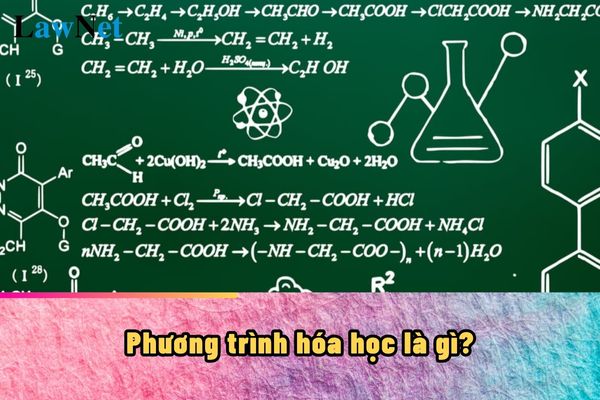
What is a chemical equation? When do students in Vietnam learn about chemical equation? (Image from the Internet)
When do students in Vietnam learn about chemical equation?
Based on Section 4 of the Natural Science education program issued together with Circular 32/2018/TT-BGDDT, the contents of the natural science curriculum for grade 8 require the following:
- Calculating according to the chemical equation
- Being able to calculate the amount of substance in a chemical equation in terms of moles, mass, or volume under the condition of 1 bar and 25°C.
- Being able to state the concept of reaction efficiency and calculate the efficiency of a reaction based on the theoretical product yield and the actual product yield.
In line with the above regulations, chemical equations are first taught in the grade 8 natural science curriculum.
What is the duration for implementing the grade 8 Natural Science program in Vietnam?
According to the General Education Program for Natural Science issued together with Circular 32/2018/TT-BGDDT, the duration for each grade is regulated as follows:
The duration for each class is 140 periods per school year, taught over 35 weeks. The estimated percentage of periods allocated for each topic is presented in the following table:
| Content | Grade 6 | Grade 7 | Grade 8 | Grade 9 |
| Introduction | 5% | 4% | 2% | 2% |
| Matter and Its Transformation | 15% | 20% | 29% | 31% |
| States of Matter | 3% | |||
| Oxygen and Air | 2% | |||
| Common Materials, Fuels, Raw Materials, Food, and Staples | 6% | |||
| Solutions; Separation of Substances from a Mixture | 4% | |||
| Atom. Chemical Elements | 6% | |||
| Molecule | 9% | |||
| Overview of the Periodic Table of Chemical Elements | 5% | |||
| Chemical Reactions | 12% | |||
| Reaction Rates and Catalysts | 3% | |||
| Acid - Base - pH - Oxides - Salt; Chemical Fertilizers | 14% | |||
| Metals | 8% | |||
| Fundamental Differences between Nonmetals and Metals | 4% | |||
| Introduction to Organic Compounds Hydrocarbons and Fuel Sources |
7% | |||
| Ethyl Alcohol, Acetic Acid; Lipids - Carbohydrates - Proteins - Polymers | 12% | |||
| Living Organisms | 38% | 38% | 29% | 25% |
| Cells - Basic Unit of Life | 11% | |||
| Diversity of Life | 27% | |||
| Metabolism and Energy Transfer in Organisms | 23% | |||
| Sensation in Organisms | 3% | |||
| Growth and Development in Organisms | 5% | |||
| Reproduction in Organisms; Unity of Biological Bodies | 7% | |||
| Human Biology | 20% | |||
| Environment; Ecosystems | 9% | |||
| Genetic Phenomena | 19% | |||
| Evolution | 6% | |||
| Energy and Its Conversion | 25% | 28% | 28% | 28% |
| Measurements | 7% | |||
| Forces | 11% | 8% | 6% | |
| Density and Pressure | 8% | |||
| Energy and Life | 7% | 6% | 7% | |
| Sound | 7% | |||
| Light | 6% | 9% | ||
| Electricity | 8% | 7% | ||
| Magnetism | 7% | 5% | ||
| Earth and Sky | 7% | 0% | 2% | 4% |
| Visible Movements of the Sun and Moon; Solar System; Milky Way | 7% | |||
| Biosphere and Biomes on Earth | 2% | |||
| Exploiting Resources from Earth's Crust; Synopsis of "Earth's Crust Chemistry" | 4% | |||
| Periodic Assessment | 10% | 10% | 10% | 10% |
Thus, the duration for implementing the grade 8 Natural Science program is 140 periods and carried out over 35 weeks.
What are the equipment, specimens, and chemicals used for practicing grade 8 Natural Science in Vietnam?
Based on the General Education Program's Natural Science subject issued with Circular 32/2018/TT-BGDDT, the equipment, specimens, and chemicals used for grade 8 Natural Science practice include:
- Tools for measuring length, area, volume, mass, temperature, time; measurement cars equipped with position sensors, force sensors for observing motion and frictional force;
- Force gauges, rulers, permanent bar magnets, spring balances; frequency generators, tuning forks, oscilloscopes; devices to generate and display light beams, light and dark areas, and light color mixing; flat mirrors, prisms; devices to create magnetic fields, student compasses; permanent magnets, electromagnets;
- Devices to observe the density of an object and the pressure applied on a surface; simple lever tools; devices to create and rearrange electric charges (e.g., van de Graaff generator, soft silk cloth, plastic comb...); toolset for measuring electric energy (joulemeter);
- Toolset for observing light reflection; toolset for observing light refraction; digital scale; handheld pH meter; glassware such as test tubes, flasks, jars, beakers, funnels, basins, pipettes...; chemicals: minimum necessary chemicals for demonstration and practical experiments.
- Specimens of fertilizers; models, molecular assembly sets of hollow and solid forms of alkanes, ethyl alcohol, acetic acid.
- Microscopic slides of cells and cellular organelles; sets for making plant hang specimens, soaking animal specimens; kits for investigating living organisms in nature.
- Equipment for practicing bandaging broken bones, blood pressure monitors, wound bandaging equipment for treating bleeding injuries.
- Room size adequate for arranging equipment, specimens, and chairs sufficient for students to conduct practical lessons, water taps, and sinks, fire prevention and extinguishing equipment, etc.
- Fixed equipment: whiteboards, specimen cabinets, consumables (chemicals, glassware, experimental trays), chemical and experimental equipment racks, poster racks, stone-topped practice tables, refrigerators, drying cabinets, dehumidifiers, ventilation fans, protective equipment, tools used according to laboratory exercises, etc.,
- Electronic and optical equipment, audiovisual devices: microscopes, magnifying glasses, binoculars, computers, projectors, screens, televisions, etc.
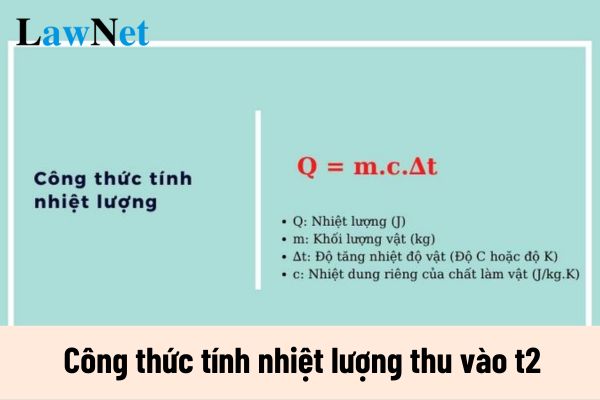
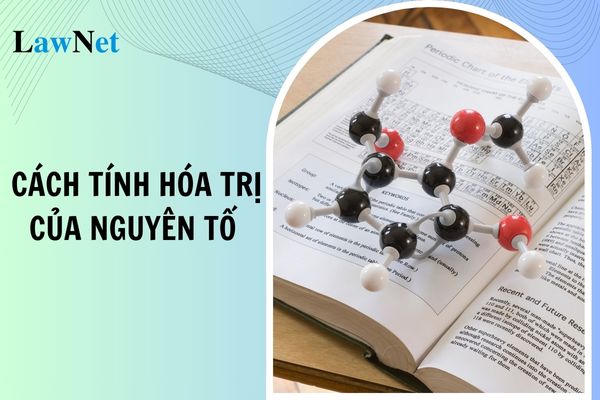
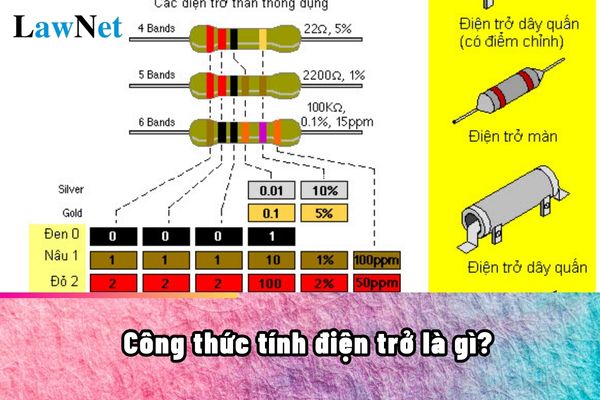
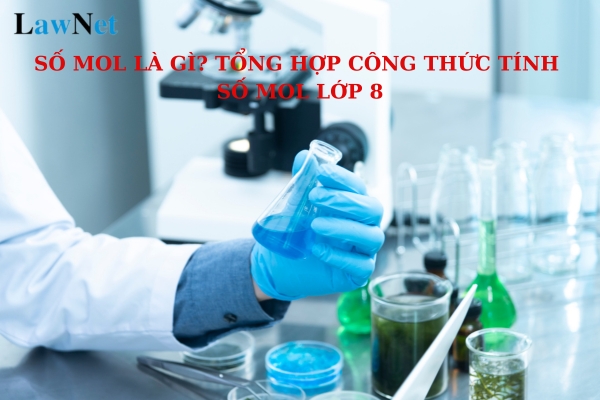
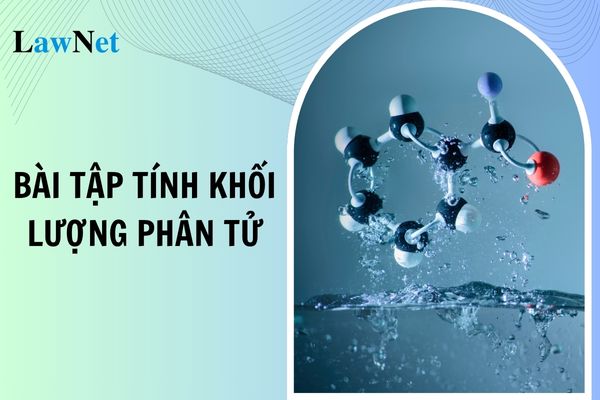

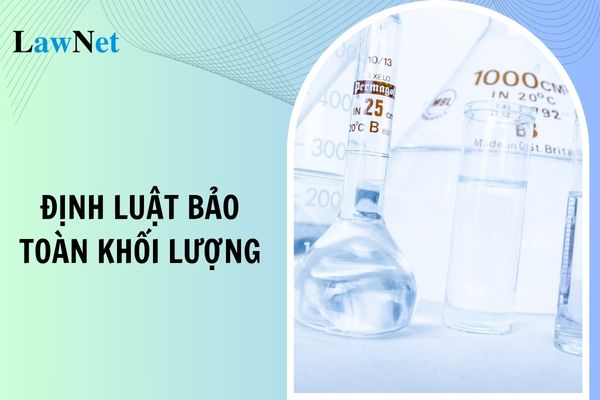
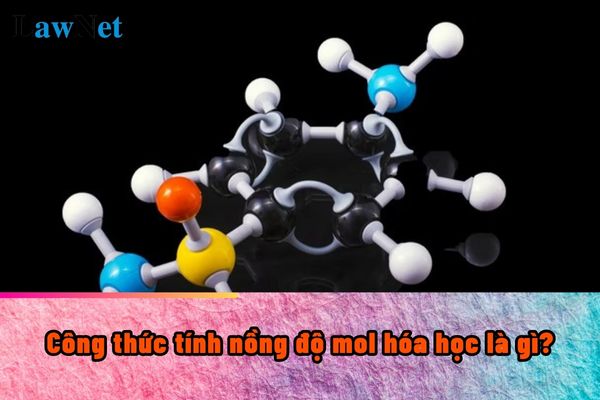
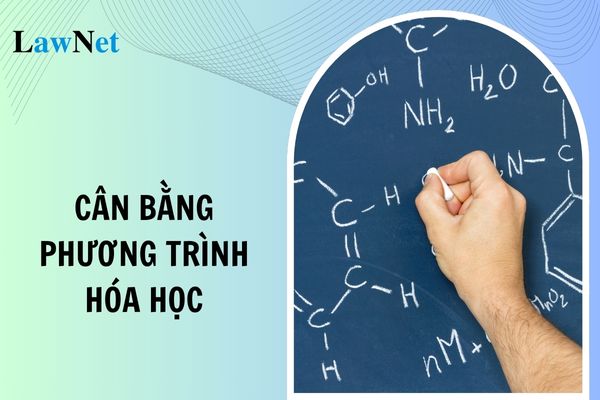

- Outline Creation for Recounting a Personal Experience, Fourth Grade: What are the Requirements for Writing Practice in Fourth Grade?
- Vietnam: What are the sample 15 sample descriptive paragraphs on your house for 3rd-grade students? How many lessons are allocated for writing content in the 3rd-grade Vietnamese language curriculum?
- Vietnam: What are the guidelines for preparing the brief lesson "Giọt sương đêm" for 6th-grade students? What are the competency requirements in literature for 6th-grade students?
- What are the sample essays on sharing an experience with a family member for 6th-grade students in Vietnam? What elective subjects do 6th-grade students learn?
- Vietnam: What is Polymer? What is the grade at which the Chemistry curriculum covers Polymer?
- Vietnam: What are the sample social argumentative essays on artificial intelligence? What is the grade at which students initially write social argumentative essays?
- Vietnam: What are the sample discussions on students being late for school? What are the criteria for text corpus used in the 9th-grade Literature curriculum?
- Vietnam: When was the directive on national resistance given? What education level does 9th Grade fall under?
- Vietnam: What is the overview of industrial revolutions over periods in the 10th-grade History curriculum? What knowledge about industrial revolutions do 10th-grade students learn?
- What is the Plan for organizing professional training for English teachers in Ho Chi Minh City about?

